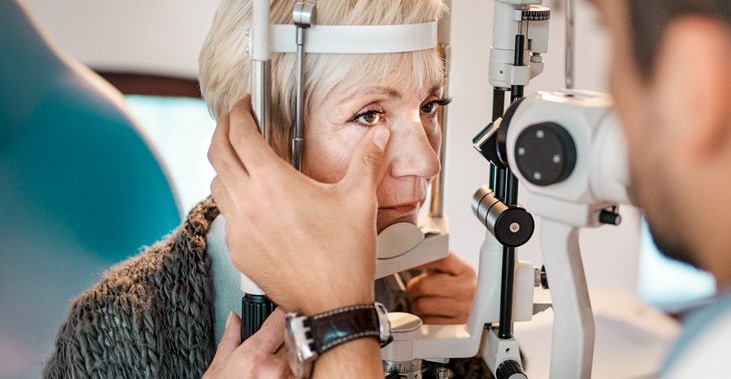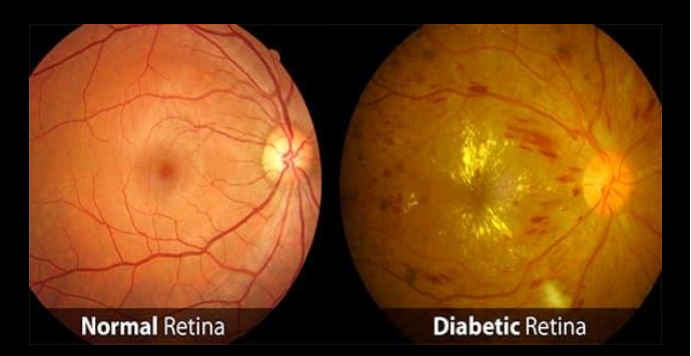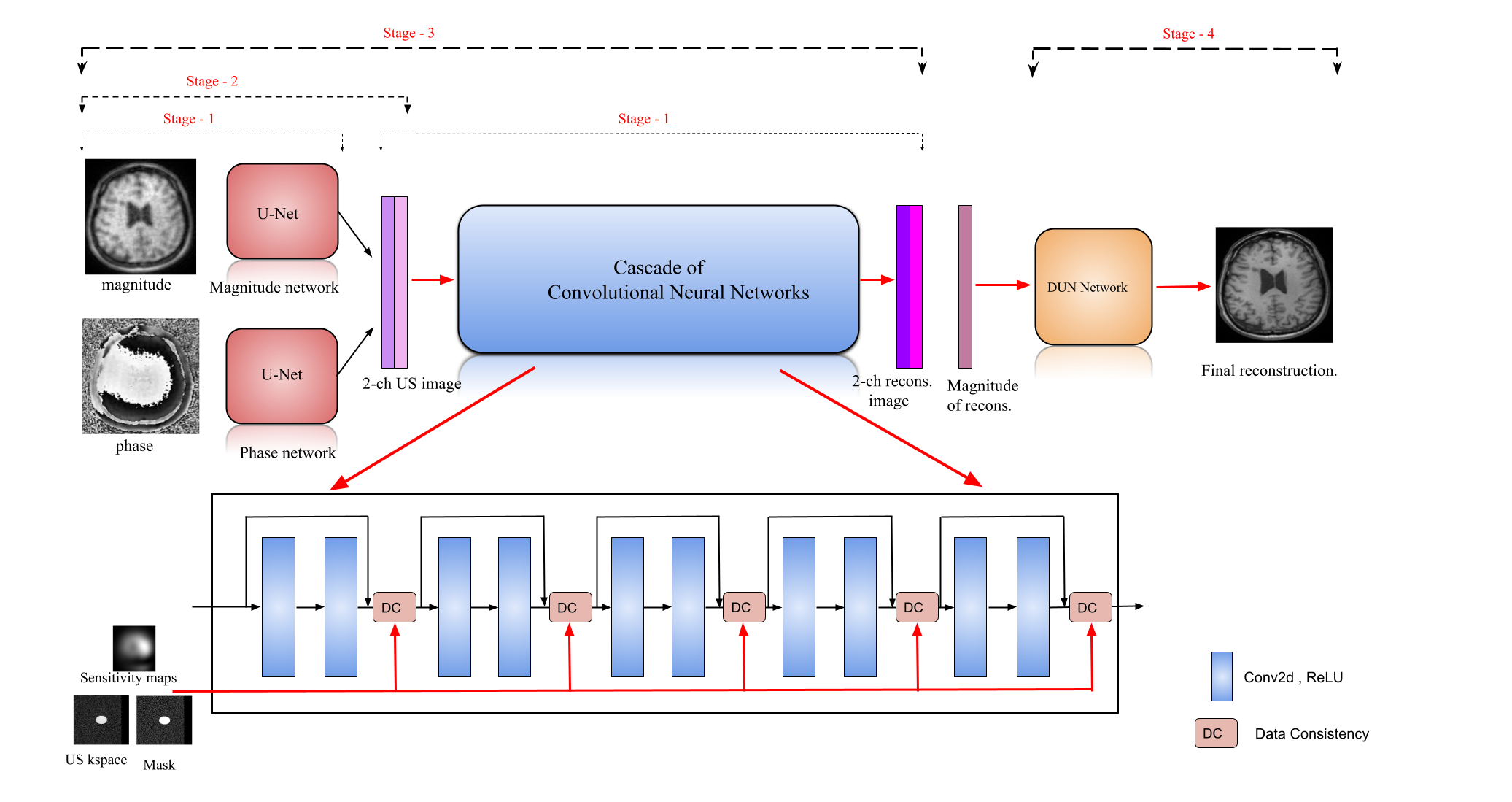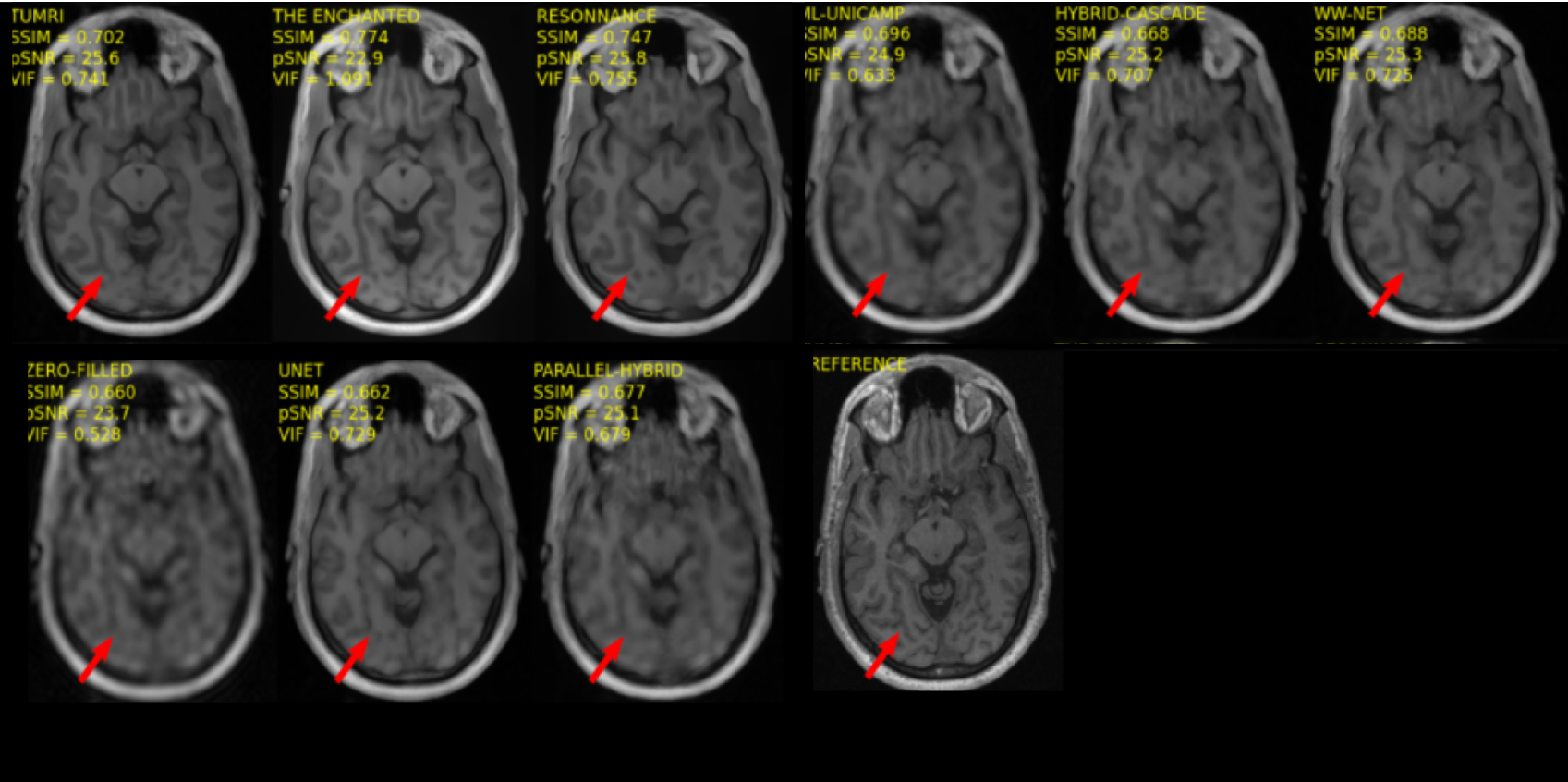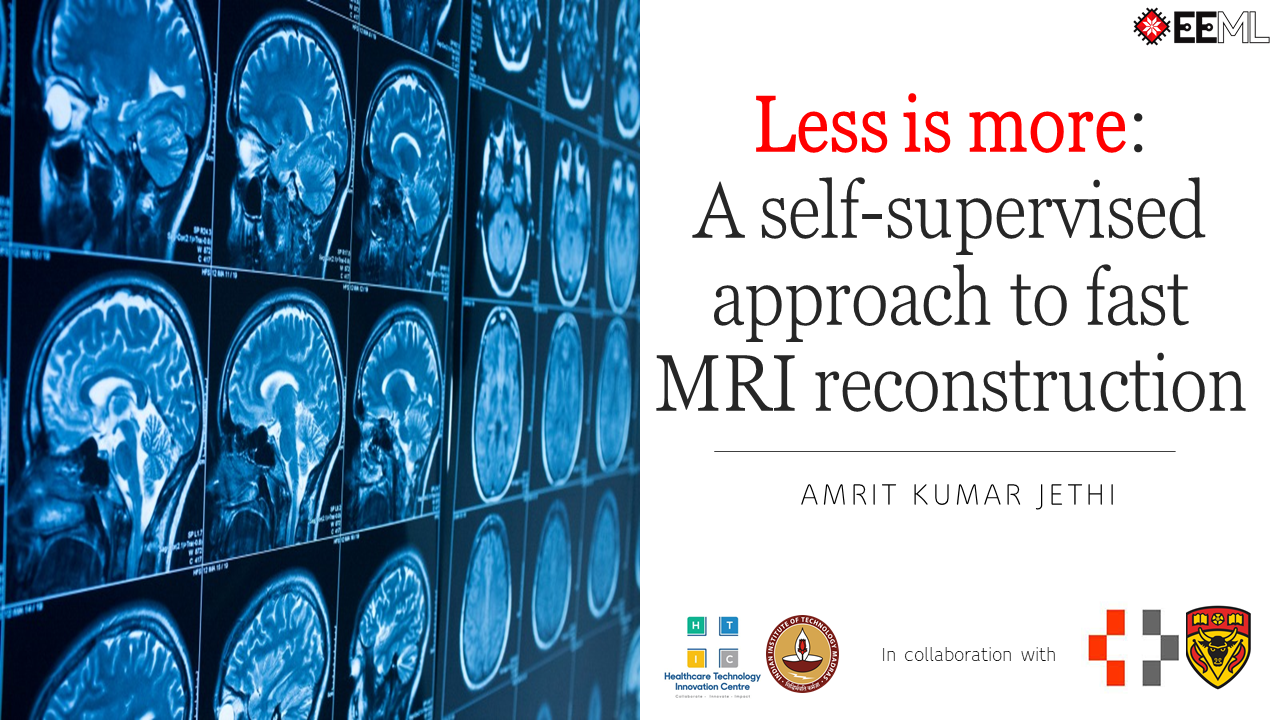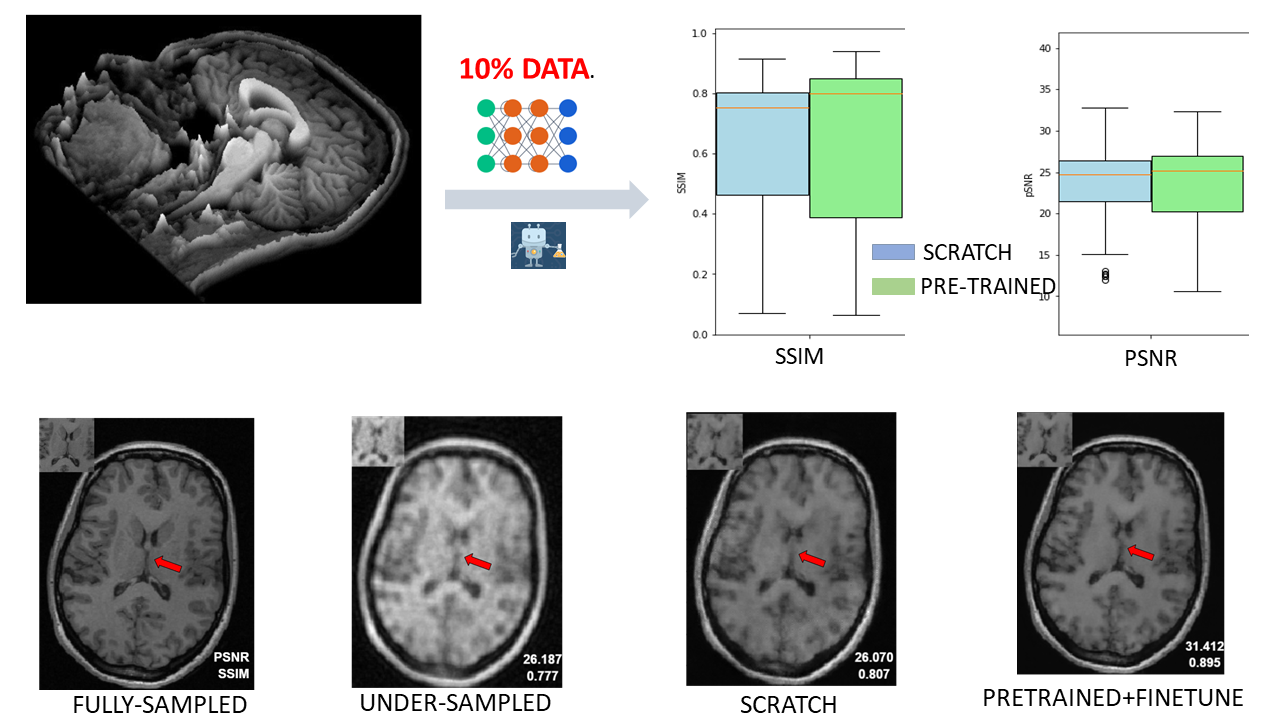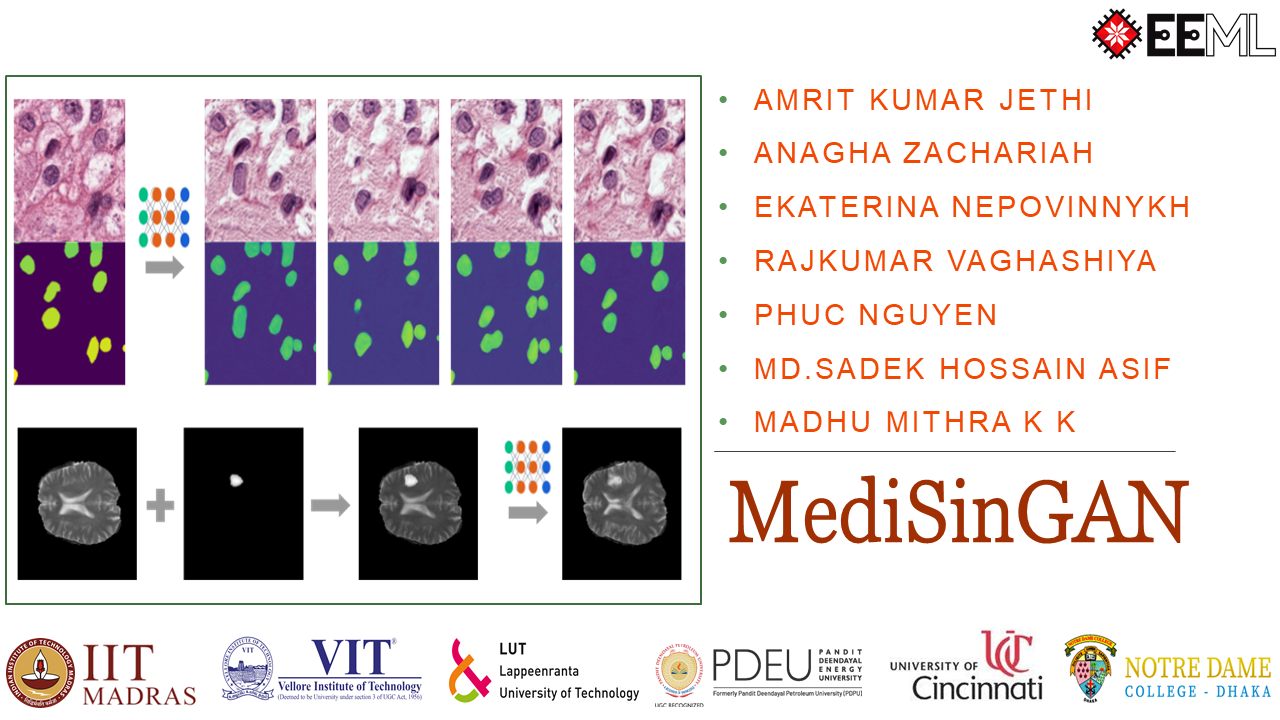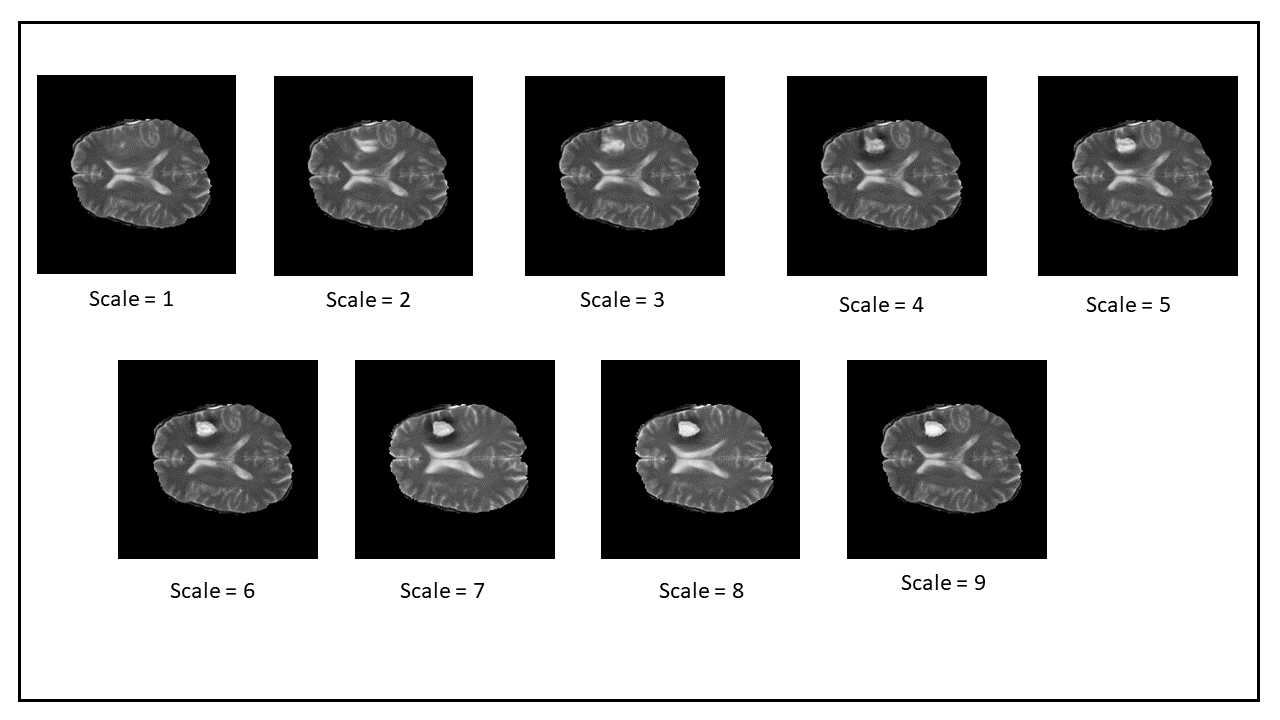APTOS 2019 Blindness Detection
- Millions of people suffer from diabetic retinopathy, the leading cause of blindness among working aged adults
- The goal is to use AI to gain the ability to automatically screen images for disease and provide information on how severe the condition may be. We had to build a machine learning model to speed up disease detection
- Challenge was held on Kaggle. Our team PaarvAI finished top 10% in the competition, winning a Bronze medal
Multi-channel MR Image Reconstruction Challenge (MC-MRRec)
- Magnetic resonance (MR) is a sensitive diagnostic imaging modality that allows specific investigation of the structure and function of the brain and body. One major drawback is the overall MR acquisition time, which can easily exceed 30 minutes per subject.Deep learning (DL) methods have the potential to allow greater speed-ups up to 10-fold acceleration with little-to-no loss in image quality
- This challenge tried to: Compare different DL-based MR reconstruction models on a large dataset. Also it tried to evaluate reconstruction model generalizability to various datasets acquired with a different number of channels
- Challenge was held as part of Medical Imaging with Deep Learning 2020 conference. Our team, The Enchanted, secured Second position in Track-01 and Track-02.
“It's not our abilities that make us who we are, Harry. It's our choices. ”
Less is More: A Self-Supervised approch to Multi-channel MR Image Reconstruction
[poster]
- MRI suffers from slow acquisitionspeed which limits its accessibility and increases its costs. To accelerate acquisition process, Deep Learning techniques can be used to reconstruct images from Under-Sampled (US) k-space measurements and output reconstructed images with quality comparable to Fully Sampled (FS) acquisitions,i.e.,slow acquisitions.
- However, considering limited medical resources as well as protection of patient privacy, it is difficult to collect large amounts oflabeled medical data. Self-supervised learning is a machine learning strategy, which can boost the feature learning, when the the amounts of labeled data are scarce.
- In this work, we propose a Deep Learning based framework, where representations from the US data can be learnt in a self-supervised way, which is then transferred tothe downstream MRI reconstruction task to give better reconstructions.
MediSinGAN
[code]
- Deep learning-based medical image analysis has undergone substantial growth inrecent times with the latest advancements being actively employed in a variety ofapplications, such as for segmentation, characterization, and reconstruction acrossdomains like radiology, pathology, and ophthalmology.
- A major impediment in these advancements is the highly complicated process of medical data collection. GANs (Generative Adversarial Networks) seems to be a potential solution to address this issue due to their ability to generate plausible synthetic data.
- In this work, we study the utility of SinGAN—an unconditional generative model trained on a single image—for synthetic data generation across different imaging tasks. These applications, built on SinGAN, could become a significant remedy to the data-deprived medical imaging tasks.
